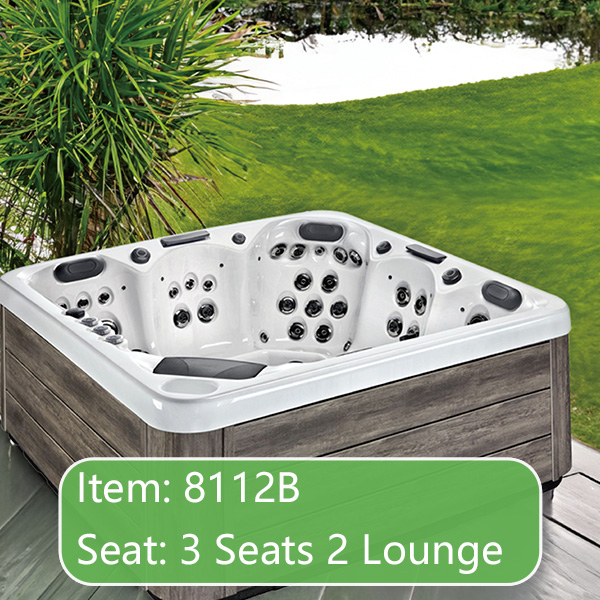
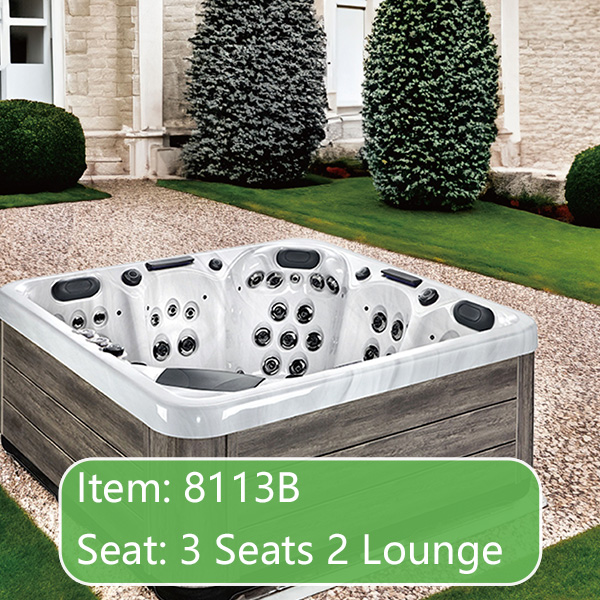
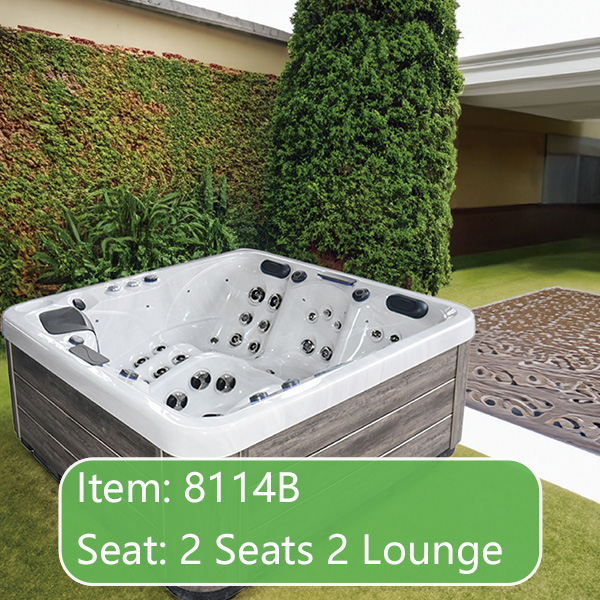
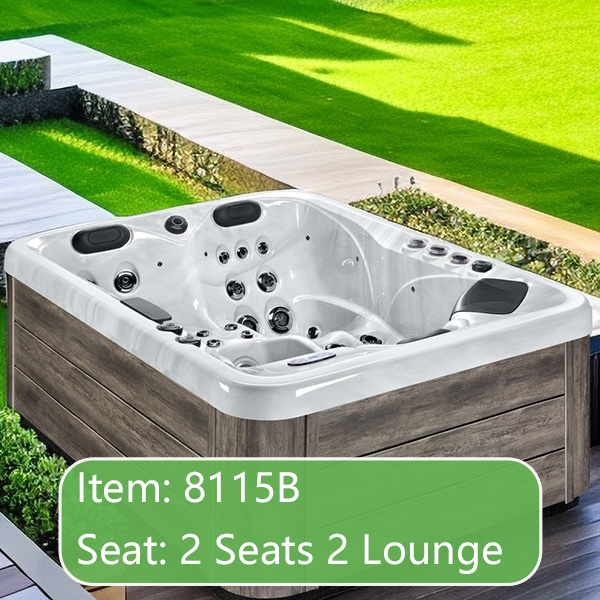
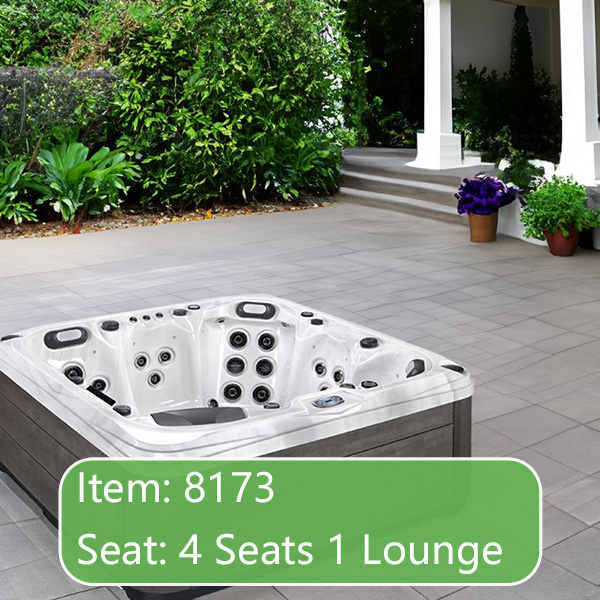
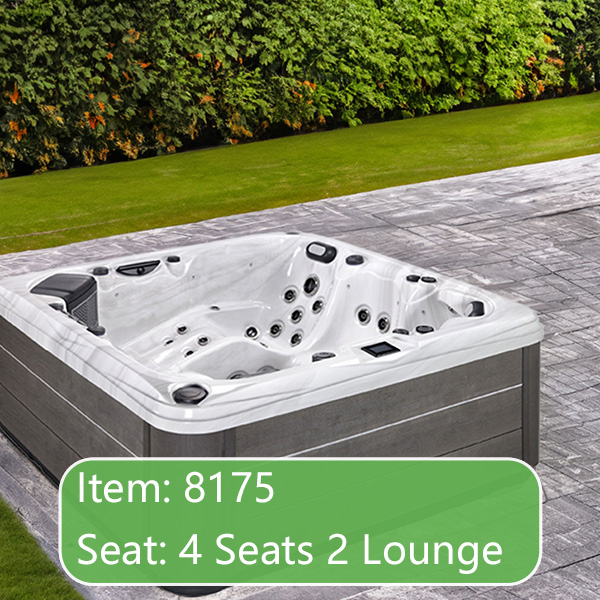
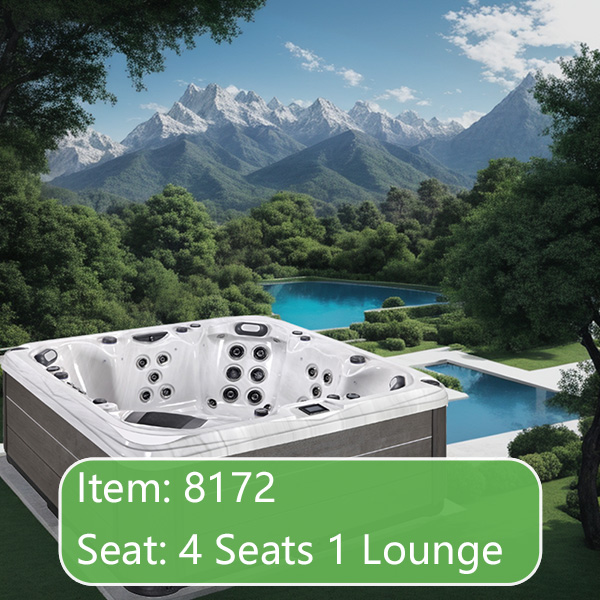
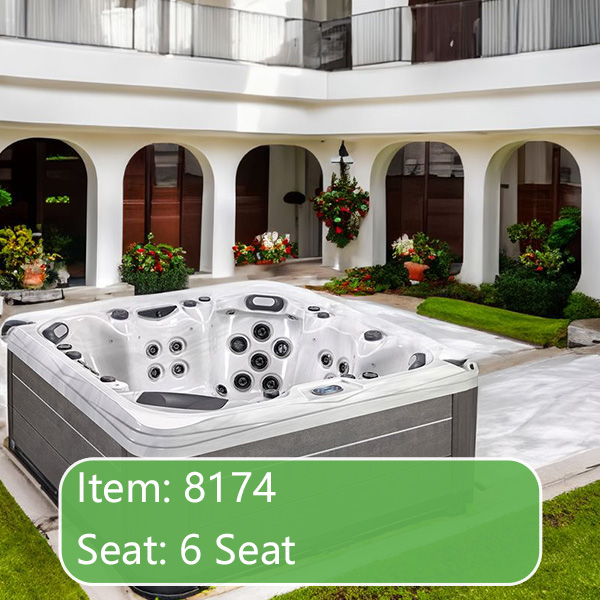
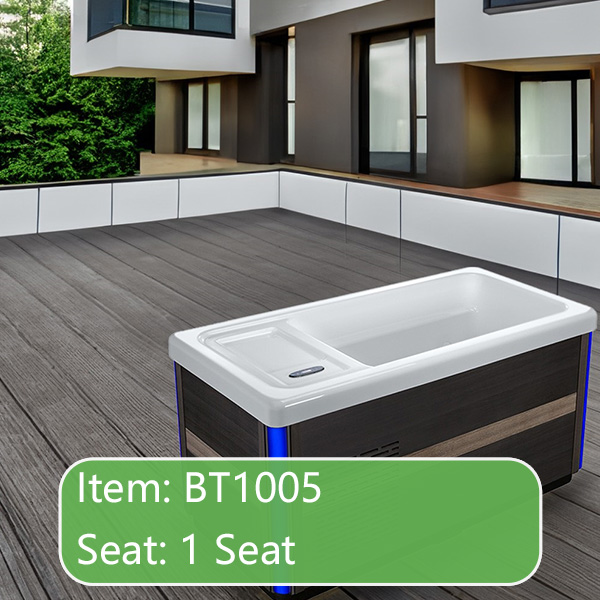
1. A Brief History of Hot Tubs
The concept of using hot water for relaxation and healing dates back thousands of years. Ancient civilizations like the Greeks and Romans constructed elaborate bathhouses to take advantage of the therapeutic properties of warm water. Natural hot springs have also been used for centuries, providing people with a natural source of heated, mineral-rich water.
Modern hot tubs as we know them today—self-contained units with jets and temperature controls—began to take shape in the mid-20th century. In the 1950s, the Jacuzzi brothers revolutionized the industry by creating a pump system to provide hydrotherapy for patients. This invention eventually evolved into the hot tubs we see today, which combine relaxation, socialization, and health benefits in one package.
2. Types of Hot Tubs
Hot tubs come in several types, each offering unique features and benefits. The type of hot tub you choose will depend on your needs, budget, and available space.
2.1. Portable Hot Tubs
Portable hot tubs are the most common type and are typically pre-fabricated and easy to install. They are available in a variety of shapes and sizes, and they can be placed above ground or partially recessed. These hot tubs are made from materials like acrylic, fiberglass, or rotomolded plastic, which makes them durable and long-lasting.
2.2. Inflatable Hot Tubs
Inflatable hot tubs are a more affordable and flexible option. They are made from reinforced PVC and are designed to be easily set up and taken down. While they don’t offer the same durability or features as traditional hot tubs, they’re great for temporary use or for those with limited space or budget.
2.3. In-Ground Hot Tubs
In-ground hot tubs are built into the ground, often as part of a larger pool complex. They offer a more permanent and luxurious option but are significantly more expensive to install and maintain. In-ground hot tubs are typically custom-designed and can be made from materials like concrete, tile, or stone.
2.4. Wooden Hot Tubs
Wooden hot tubs are reminiscent of the classic Japanese Ofuro baths and are typically made from cedar, redwood, or teak. These tubs offer a rustic and natural aesthetic that many homeowners find appealing. However, they require more maintenance than their acrylic counterparts, as the wood needs to be treated regularly to prevent rot and decay.
3. How Do Hot Tubs Work?
At its core, a hot tub is a self-contained system that heats and circulates water, often with jets to provide a massaging effect. Here’s a breakdown of the main components that make a hot tub function:
3.1. Pump
The pump is the heart of the hot tub. It circulates the water through the filter and heats it. Pumps also power the jets, pushing the water at high pressure to create the therapeutic massage effect that hot tubs are known for.
3.2. Heater
The heater keeps the water at the desired temperature, typically between 100°F and 104°F (37°C and 40°C). Most hot tubs allow you to adjust the water temperature to suit your preferences.
3.3. Jets
Jets are strategically placed throughout the hot tub to provide a hydrotherapy massage. Many modern hot tubs allow you to adjust the intensity and direction of the jets for a customized experience.
3.4. Filtration System
Hot tubs use filters to remove debris, dirt, and impurities from the water. Regular filtration ensures that the water remains clean and safe for use.
3.5. Control System
The control system allows you to adjust the temperature, turn on the jets, control lighting, and activate other features. Most modern hot tubs have digital control panels that make it easy to customize your hot tub experience.
4. Benefits of Using a Hot Tub
Hot tubs offer a wide range of benefits, from relaxation to health improvements. Here are some of the key advantages of using a hot tub:
4.1. Stress Relief
Soaking in warm water helps to relax the muscles and mind, reducing stress and promoting a sense of well-being.
4.2. Improved Sleep
Many people find that using a hot tub before bed helps them fall asleep faster and enjoy a deeper sleep. The combination of heat and relaxation can help to ease insomnia and other sleep disorders.
4.3. Muscle Relaxation and Pain Relief
The heat and massaging action of the jets can help to relieve sore muscles and joint pain, making hot tubs a popular choice for athletes and individuals with arthritis or chronic pain conditions.
4.4. Improved Circulation
Soaking in a hot tub increases blood flow and circulation, which can promote healing and reduce inflammation.
4.5. Socializing
Hot tubs provide a great space for socializing with friends and family. Many people enjoy hosting gatherings or spending quality time with loved ones in the comfort of their hot tub.
5. Key Features of Modern Hot Tubs
Modern hot tubs come with a variety of features designed to enhance the user experience. Here are some of the most popular features to look for:
- Adjustable Jets: Jets that can be modified in direction and intensity for a customized massage.
- LED Lighting: Mood lighting that can be changed to suit your preferences.
- Waterfalls and Fountains: Aesthetic features that add to the relaxation experience.
- Bluetooth and Audio Systems: Built-in speakers allow you to enjoy your favorite music or podcasts while soaking.
- Energy-Efficient Systems: Many hot tubs are designed with energy-saving features like insulation, efficient pumps, and covers to minimize heat loss.
6. Considerations Before Buying a Hot Tub
Before purchasing a hot tub, there are several factors to consider:
- Space: Measure the area where you plan to place the hot tub. Consider access points and ensure the space can handle the weight of a filled hot tub.
- Budget: Hot tubs range in price from a few hundred dollars for an inflatable model to tens of thousands for a custom in-ground tub.
- Maintenance: Hot tubs require regular upkeep, including cleaning filters, balancing chemicals, and managing water quality. Be prepared for ongoing maintenance.
- Electrical Requirements: Most hot tubs require a dedicated electrical circuit, and some models may need professional installation.
7. Maintenance and Care
Proper maintenance is essential for ensuring that your hot tub remains clean, safe, and functional. Regular tasks include:
- Water Chemistry: Testing and balancing the pH, alkalinity, and sanitizer levels to keep the water clear and safe.
- Cleaning Filters: Filters should be cleaned regularly to remove debris and ensure proper water flow.
- Draining and Refilling: Every few months, the hot tub should be drained and refilled to maintain water quality.
8. Conclusion
A hot tub can be a fantastic addition to your home, offering both relaxation and health benefits. Whether you’re looking for a portable spa or a luxurious in-ground model, there are many options to choose from. By understanding the various types, features, and maintenance requirements, you can ma